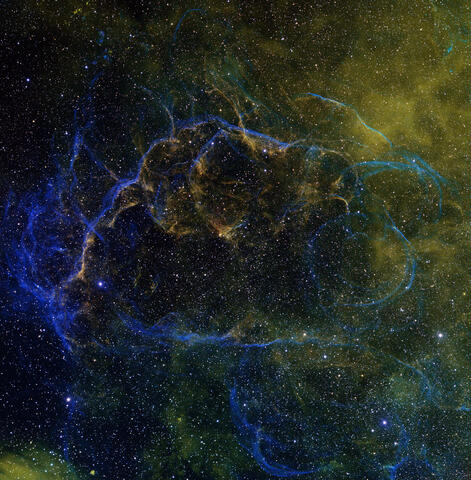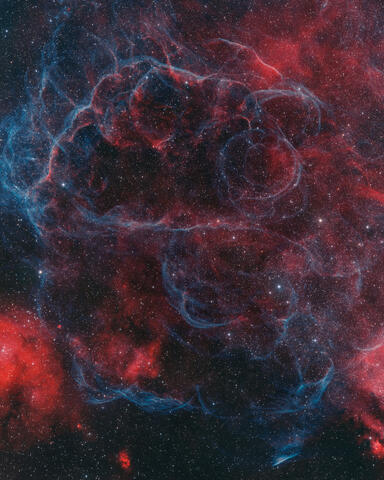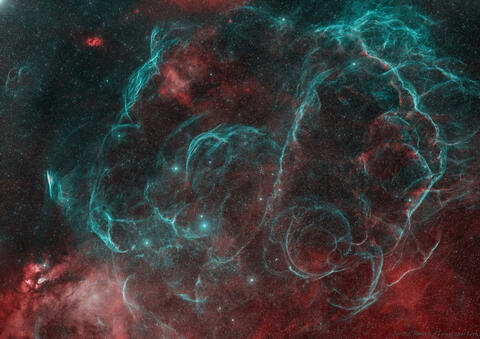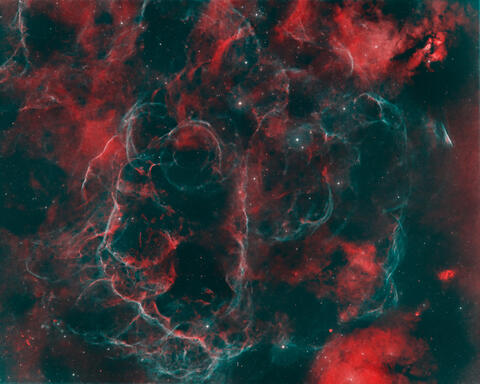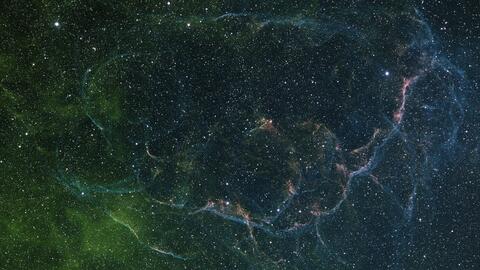Alien Stones and Space Dust
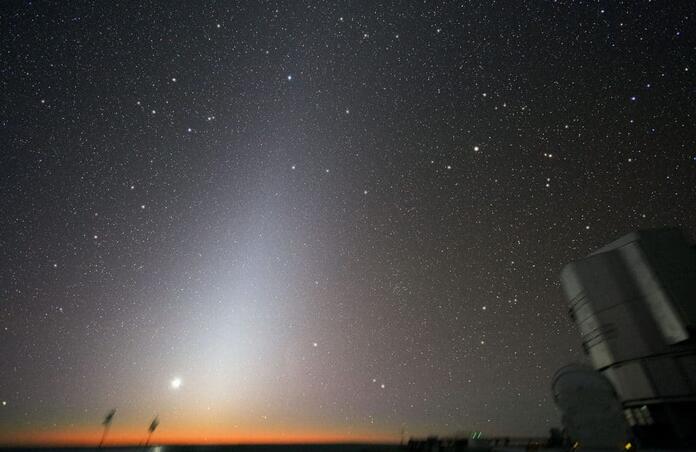
The stone “Hypatia” was found in Egypt in 1996 and has puzzled scientists since due to its unusual chemical composition.
In 2013, a study of the Hypatia Stone’s argon isotopes (the same element with different number of neutrons in the nuclei) revealed that the stone could not have formed on Earth. Moreover, in 2015, a study of the stone’s noble gases concluded that it was not a fragment of a comet or asteroid either. To add to the mystery, in 2018 researchers discovered a whole new mineral, nickel phosphide, which had never been found in the Solar System.
The Hypatia Stone 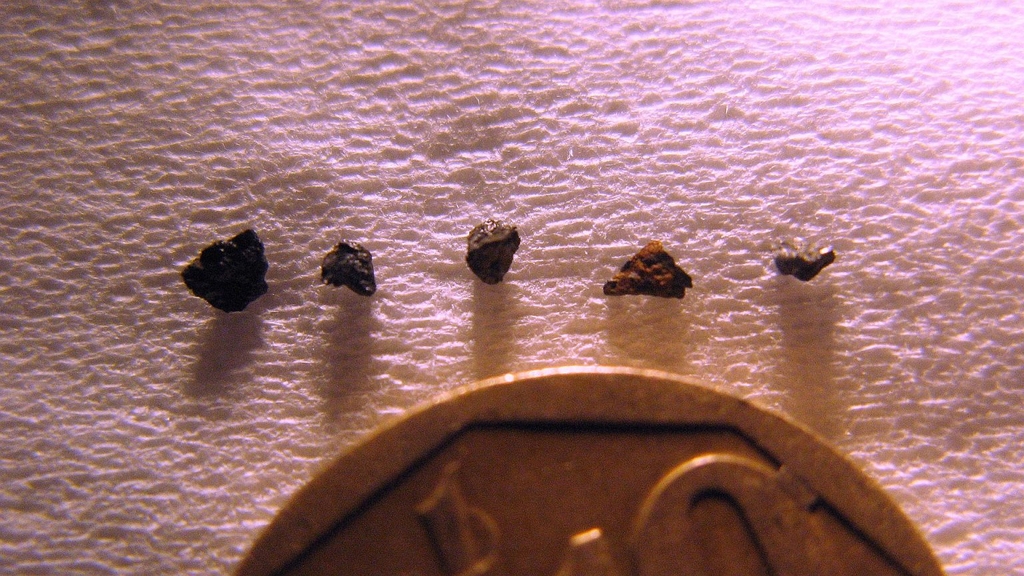
Samples from the stone to conduct different tests (though tests do not destroy the sample)
Back in 2015, tests were also conducted using a 3-million Volt proton beam at the iThemba Labs in Somerset West. 17 targets on the Stone were probed, leading to precise measurements of 15 elements. With these chemical “ingredients” in hand, the researchers started to look for patterns; they found that silicon, chromium and manganese were less than 1% than what would be expected for an object formed in the Solar System, while iron, sulphur, phosphorus, copper and vanadium, were all present in exceptionally high amounts. This allowed them to eliminate more scenarios as to the Hypatia Stone’s formation.
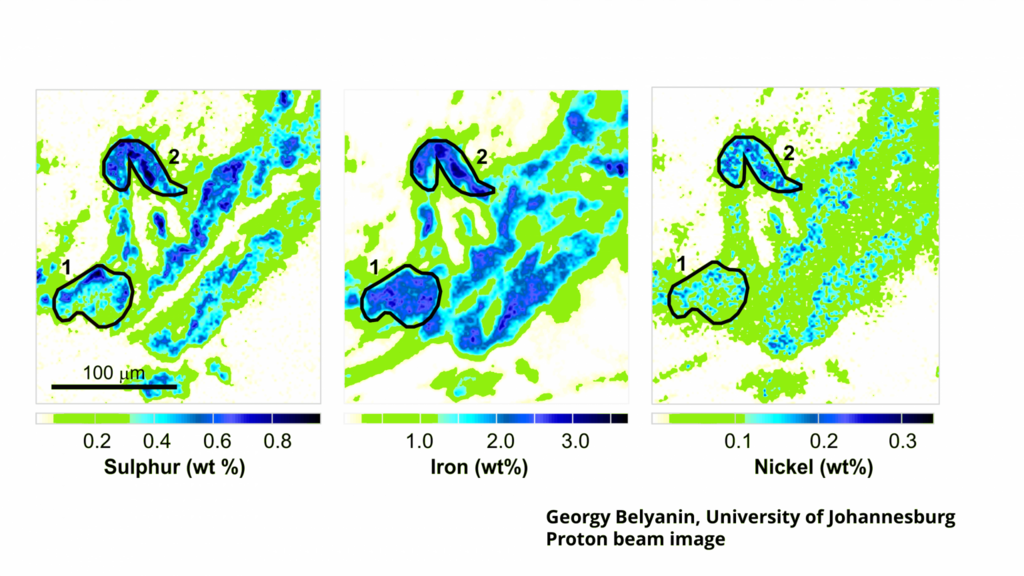
The next hypothesis to be discarded, then, is that the stone originated in the interstellar dust of the Milky Way, as the chemical patterns have close to no similarity. A common type of star are red giants, which can expel some of their material in mass outflows, but again the chemical composition of the stone doesn’t align with what would be expected - too much iron, too little silicon and too low concentrations of elements heavier than iron. There is also too much iron to justify it coming from a Type II supernova, the death of a massive star. What’s more, it is highly unlikely that a Type II supernova would produce the strange mineral nickel phosphide.
A rarer astronomical event, occurring once or twice per galaxy per century, was next in line to be considered as a source for the Hypatia Stone: the Type Ia supernova, where a white dwarf accretes matter from a companion red giant star until it reaches a critical mass, point at which it explodes. This option starts off well as SNe Ia are known to be the primary source of iron in our Universe. By considering a range of models of SNe Ia, 8 of Hypatia’s elements conform to the predicted ranges of proportions relative to iron. However, 6 of the other elements are between 10 and 100 times more abundant than predicted from the models. Still, this could be explained by aluminium, phosphorus, chlorine, potassium, copper and zinc being taken from the red giant companion. The atoms, then, would have accreted in the leftover dust cloud, solidifying over the course of a few million years into the Hypatia Stone's parent body.
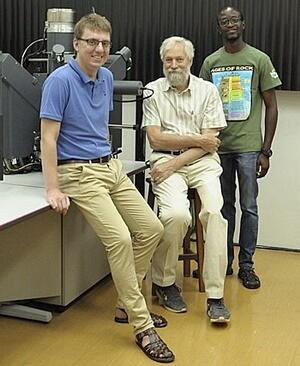
The researchers assume that the rock would have been “completed” in the early stages of the Solar System, in the very outskirts of it – the Oort cloud, after which it made its way towards Earth. It is then likely that there are more fragments of this otherworldly stone in the Egyptian desert, spread out after the collision with the parent body, the finding of which could confirm that the Hypatia Stone is indeed the first tangible evidence, here on Earth, of a SN Ia explosion.
This week, another group of researchers found something else that comes from further away than it might seem at first glance. The zodiacal cloud, a dust envelope of the inner Solar System that can be spotted as a faint glow of reflected sunlight in the sky just before sunrise and after sunset, was shown to be significantly composed of matter from the Kuiper Belt. This means that at least a quarter of the 30 000 tons of zodiacal cloud particles that fall onto the Earth each year have travelled millions of kilometres over the course of millions of years, avoiding the gravitational attraction from the gas giants and surviving entry into the Earth’s atmosphere thanks to their low velocities.
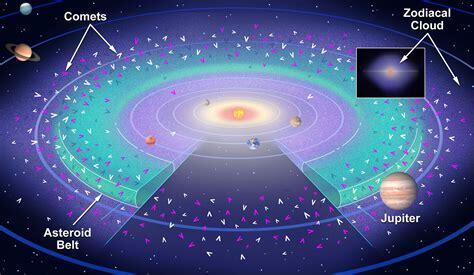
The Zodiacal cloud 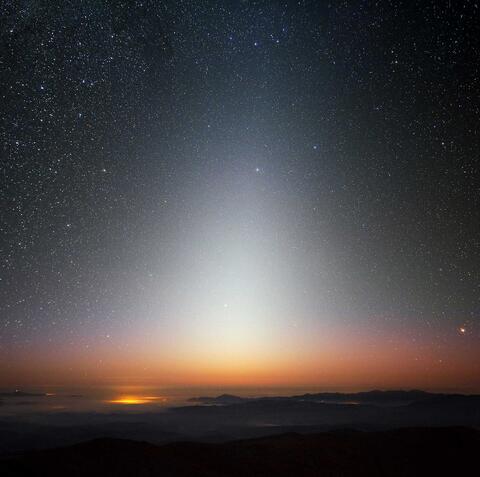
The zodiacal cloud seen at sunset
This makes sunrises and sunsets just that more special !
Cover Image: Zodiacal light, ESO
Image Credits:
1 - Original piece found by Barakat
2 - Samples for testing, University of Johannesburg
3 - Proton Beam images, G. Belyanin/University of Johannesburg
4 to 9 - Images of the Vela Supernova remnant: from left to right and top to bottom - D. Smalley, D. Jones, J. Ruuth, M. Freeth, S. Bolzoni, P. Yates
10 - Researchers in lab, T. van Wyk/University of Johannesburg
11 - Zodiacal cloud diagram, APOD forum
12 - Zodiacal cloud at sunset, Y. Beletsky/ESO

